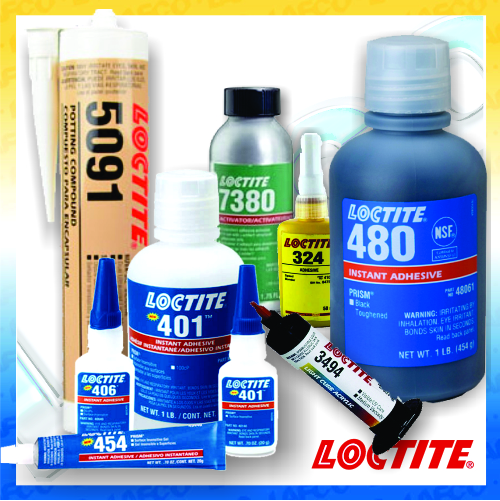-
[0] Panier de soumission
- Se connecter
- Votre requête par fichier
- Soumission pour produit non trouvé
Mon panier de soumission - Soumission rapide
-
Catégories de produits
- Attaches industrielles Attaches industrielles
- Composantes d'outillage Composantes d'outillage
- Goupilles de verrouillage à billes Goupilles de verrouillage à billes
-
Éléments de repérage
Éléments de repérage
Éléments de repérage
- Dispositifs à ressort
- Mordants
- Goupilles d'alignement
- Goupilles d'expansion
- Vérins de gabarit ajustables
- Guides de positionnement
- Pieds d'appui
- Supports de gabarit
- Supports de gabarit rallongés
- Goupilles de centrage
- Boutons d'appui
- Goupilles cylindriques rectifiées
- Rest Pads
- Tooling Balls & Covers
- Vis de calage ajustable
- Work Support Jacks & Risers
- Technologies de bridage Technologies de bridage
- Solutions de levage Solutions de levage
- Boutons, Poignées, manivelles, leviers et volants Boutons, Poignées, manivelles, leviers et volants
-
Canons de perçage (Drill Bushings)
Canons de perçage (Drill Bushings)
Canons de perçage (Drill Bushings)
- Canons de perçage d'alignement
- Canons de perçage amovibles
- Canons de perçage encastrables
- Canons pour perçeuse - Gun Drill Bushings
- Canons à rainures pour lubrifiant
- Canons de perçage à paroi extra mince
- Canon pour perçage pneumatique - TYPE AF
- Canons de perçage de gabarit - Template Bushings
- Canons porte outils
- Canons de percage en nitrure de titane (TiN)
- Canons de perçage en carbure de tungstène
- Canons pour carte de circuits imprimés - Type CB
- Canons EZ Cast
- Manchons Oilite® Bushings
- Accessoires de canons de perçage
- Quincailleries Industrielles Quincailleries Industrielles
- Fournitures industrielles Fournitures industrielles
- Système de boyaux modulaires Système de boyaux modulaires
- Liquidation Liquidation
- Catalogue
-
Catégories de produits
- Attaches industrielles Attaches industrielles
- Composantes d'outillage Composantes d'outillage
- Goupilles de verrouillage à billes Goupilles de verrouillage à billes
-
Éléments de repérage
Éléments de repérage
Éléments de repérage
- Dispositifs à ressort
- Mordants
- Goupilles d'alignement
- Goupilles d'expansion
- Vérins de gabarit ajustables
- Guides de positionnement
- Pieds d'appui
- Supports de gabarit
- Supports de gabarit rallongés
- Goupilles de centrage
- Boutons d'appui
- Goupilles cylindriques rectifiées
- Rest Pads
- Tooling Balls & Covers
- Vis de calage ajustable
- Work Support Jacks & Risers
- Technologies de bridage Technologies de bridage
- Solutions de levage Solutions de levage
- Boutons, Poignées, manivelles, leviers et volants Boutons, Poignées, manivelles, leviers et volants
-
Canons de perçage (Drill Bushings)
Canons de perçage (Drill Bushings)
Canons de perçage (Drill Bushings)
- Canons de perçage d'alignement
- Canons de perçage amovibles
- Canons de perçage encastrables
- Canons pour perçeuse - Gun Drill Bushings
- Canons à rainures pour lubrifiant
- Canons de perçage à paroi extra mince
- Canon pour perçage pneumatique - TYPE AF
- Canons de perçage de gabarit - Template Bushings
- Canons porte outils
- Canons de percage en nitrure de titane (TiN)
- Canons de perçage en carbure de tungstène
- Canons pour carte de circuits imprimés - Type CB
- Canons EZ Cast
- Manchons Oilite® Bushings
- Accessoires de canons de perçage
- Quincailleries Industrielles Quincailleries Industrielles
- Fournitures industrielles Fournitures industrielles
- Système de boyaux modulaires Système de boyaux modulaires
- Liquidation Liquidation
Collage

ADVANTAGES OF ADHESIVE BONDING COMPARED TO CONVENTIONAL JOINING METHODS:
• More uniform stress distribution over the entire bond face: This has a very positive effect on the static and dynamic strength achieved. Where welding and riveting result in localized stress peaks, adhesive bonding achieves uniform distribution and absorption of stress loads.
• No change in surface and texture of the joined materials: Welding temperatures may change the texture and, therefore, the mechanical properties of materials. In addition, welding, riveting and bolting all affect the visual appearance of the parts.
• Weight saving: Adhesives are particularly popular for light-weight constructions, where thin-walled parts (wall thickness < 0.5 mm) must be joined.
• Sealed joints: Adhesives also act as sealants, preventing loss of pressure or liquids, blocking the penetration of condensation water and protecting against corrosion.
• Joins dissimilar materials and reduces the risk of corrosion: The adhesive forms an insulating film to prevent contact corrosion when different types of metals are joined. It also acts as electrical and thermal insulator.

